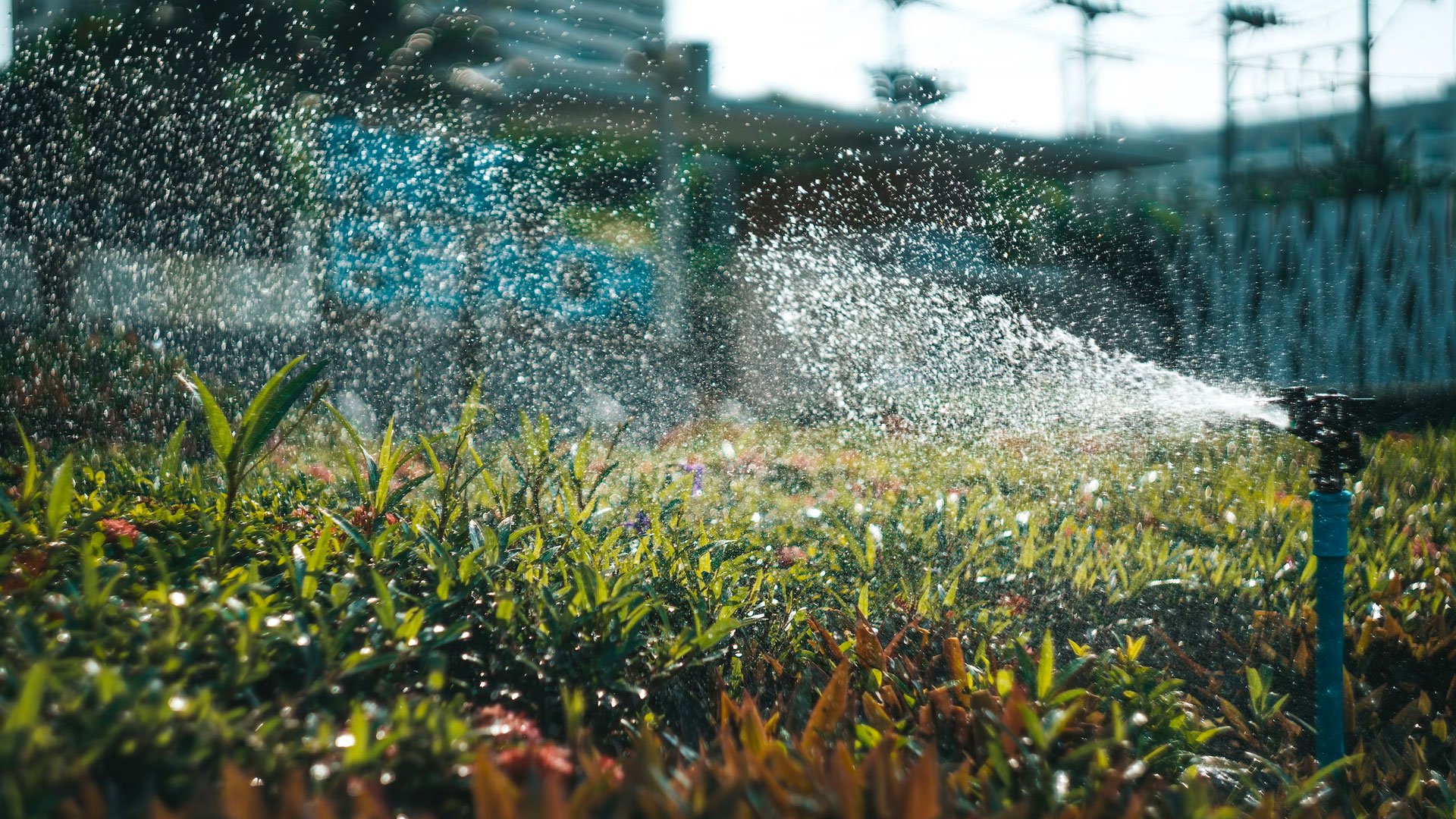
FAQs
Selecting an Irrigation Contractor
-
A good irrigation system is one that will take several factors into consideration. It should provide uniform head- to -head coverage. It should provide for climate controls such as rain, freeze, moisture, and wind sensors. It should be easy to maintain and to adjust for seasonal changes. It should promote efficient and conservative use of water.
-
The standard manufacturers and contractors warranty for most irrigation products and installations is one year on materials and workmanship. Ask for references.
-
State law does not require a contract. However, a responsible contractor should have no problem with an agreement that outlines the scope of the work, price, payment arrangements, and warranty period.
-
A copy of the “As Built” design should be required of the contractor. This will benefit you when making changes in your landscape or for irrigation system repairs. A design is not required for bidding.
-
Most water authorities require permits and inspections on all new irrigation system installations. The irrigation contractor may also be required to register in each city before he/she is allowed to obtain permits or call for inspections.
-
The State of Texas requires that all Irrigators be licensed. Their license number should be posted on their vehicle, business card, all advertising including yellow pages, bids, designs and contracts.
-
Call the Texas Natural Resource Conservation Commission: 512-239-3708
Questions and Answers for Irrigators
-
The current rules are effective for all work that is completed by December 31, 2008.
Beginning January 1, 2009, the new rules are effective, except the requirement to have either an irrigator or irrigation technician on-site during the installation of an irrigation system is effective on January 1, 2010.
Irrigation systems that are completed on or after January 1, 2009, should meet the requirements of the new rules.
-
An irrigation plan is required for all new landscape irrigation systems designed or installed on or after January 1, 2009. An irrigation plan is not required for the maintenance, alteration, repair, or service of an irrigation system. The addition of new zones does not trigger the requirement for an irrigation plan; however, irrigation system owners may request an irrigation plan.
-
An architectural or engineering scale may be used. the plan must be legible. There are no requirements for the scale, irrigators might consider using:
residential installations – 1″ equal to a maximum of 30′
commercial/athletic installations – 1″ equal to a maximum of 40′
golf course or comparable installations – 1″ equal to a maximum of 100′
-
Site-specific information:
physical features
boundaries
zone flow measurements for each zone
location/type of controllers
location/type of sensors
location/type/size of water source
location/type/size of backflow prevention device
location/type/size of water emission device
location/type/size of valves
location/type/size of pressure regulation component
location/type/size of main line and lateral piping
design pressure
General information:
irrigator’s seal
irrigator’s signature below seal
date sealed
North arrow
legend
scale used
See §344.61 for more information on the initial plan.
-
Yes, the plan should be on-site during the installation of the irrigation system. Changes to the plan should be marked in red.
-
The irrigation plan showing the actual installation of the irrigation system is provided to the irrigation system owner or the owner’s representative as part of the walk through. The irrigator maintains a copy of the plan for a period of three years.
-
No, you may maintain an electronic file. You may be asked to provide a hard copy for compliant investigation.
-
Yes, an electronic signature and seal is acceptable. The signature and seal should be legible on any copies that are produced.
-
Yes, but you must mark the plan as “Installed Irrigation System”, and provide a clearly indicated drawing that represents the installation of the irrigation system.
-
The final walk through can be conducted by either the irrigator or the irrigation technician that provided the on-site supervision of the installation. The walk through may be conducted with either the irrigation system owner or someone designated by the irrigation system owner.
-
The final walk through is the opportunity to educate the irrigation system owner on how to operate the system correctly to maintain a healthy yard and to conserve our water resources.
Several documents should be provided to the irrigation system owner:
Manufacturer’s manual for the automatic controller;
Seasonal watering schedule;
List of components that require maintenance and the recommended frequency of service;
Irrigation plan showing the installed system; and
Maintenance checklist.
The Maintenance Checklist contains:
the signature of the irrigation system owner or the owner’s representative;
the irrigator’s seal, signature and date; and
a statement, “This irrigation system has been installed in accordance with all applicable state and local laws, ordinances, rules, regulations, or orders. I have tested the system and determined that it has been installed according to the Irrigation Plan and is properly adjusted for the most efficient application of water at this time.”
Don’t forget: To place a permanent sticker that has your name, license number, company name, telephone number, and the dates the warranty is valid on the automatic controller. No automatic controller? Put the sticker on the original maintenance checklist.
-
If the irrigation system’s owner or owner’s representative is unwilling or unable to sign the maintenance checklist, the irrigator should note the time and date of the refusal on the irrigation system’s owner’s signature line. Keep a copy of the maintenance checklist and note the date that the documents were delivered to the irrigation system owner/designated representative.
